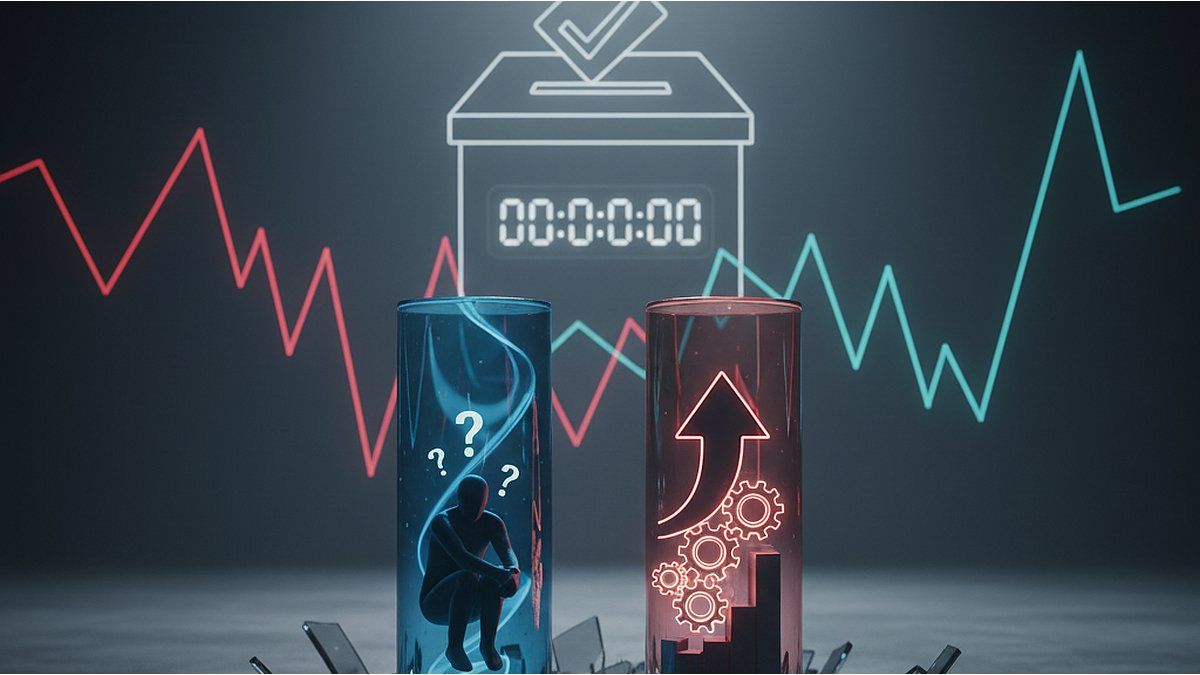I have been working in the news industry for over 6 years, first as a reporter and now as an editor. I have covered politics extensively, and my work has appeared in major newspapers and online news outlets around the world. In addition to my writing, I also contribute regularly to 24 Hours World.
Menu
Pandemie: First Lockdown five years ago – what remains?
Categories
Most Read
Middle East: Vance in Israel: Have the chance to achieve something historic
October 22, 2025
No Comments
Friedrich Merz’s cityscape statement: What exactly did the Chancellor say?
October 22, 2025
No Comments
Human Rights Prize: EU Parliament awards Sakharov Prize to journalists in custody
October 22, 2025
No Comments
Friedrich Merz is right, but his answers are the wrong ones
October 22, 2025
No Comments
Federal Cabinet: Organ donation is being reformed – How to get more kidneys?
October 22, 2025
No Comments
Latest Posts

Elections and talent: how companies face another cycle of uncertainty
October 22, 2025
No Comments
October 22, 2025 – 11:19 The elections generate fear and business paralysis in Argentina. Talent management must balance prudence with communication and flexibility. Image created

FC Barcelona: Limiting excess works (opinion)
October 22, 2025
No Comments
Opinion FC Barcelona’s USA game canceled: Limiting excess works La Liga canceled FC Barcelona’s game in Miami after protests – an encouraging sign, but it

The International Court of Justice will rule on the Israeli blockade of humanitarian aid in Gaza
October 22, 2025
No Comments
October 22, 2025 – 11:00 The highest UN court will issue an advisory opinion on Israel’s role in humanitarian access in the Palestinian territories and
24 Hours Worlds is a comprehensive source of instant world current affairs, offering up-to-the-minute coverage of breaking news and events from around the globe. With a team of experienced journalists and experts on hand 24/7.

